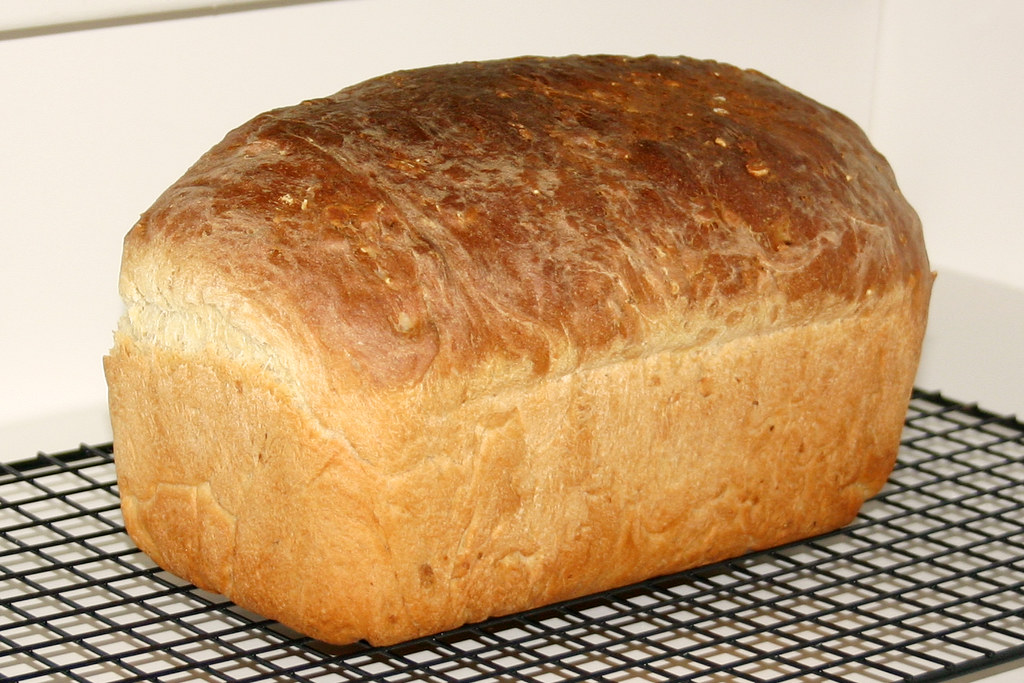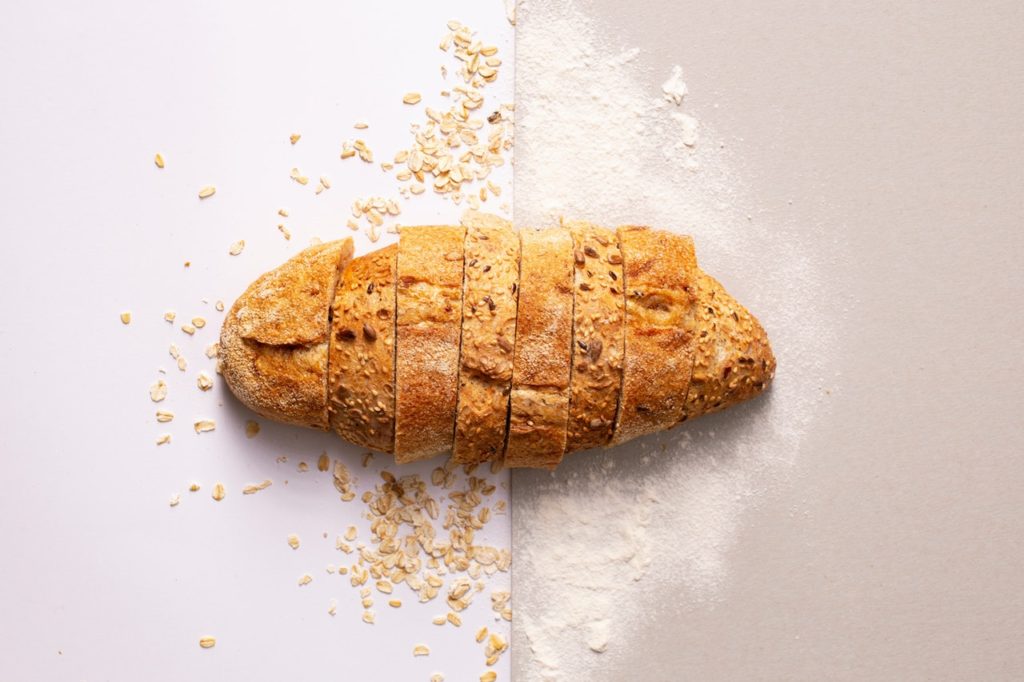Ever heard the saying, “The best thing since sliced bread?’’ Well there’s a reason for the vast popularity of bread worldwide – it is one of the most accessible and versatile breakfast and snack staples. Most recently, on a trip to the local wholesale, when I asked, “May I have a loaf of white bread please?” I was told they were all sold out. “Only ‘brown bread’ lef,” said the shop attendant. I visited my second wholesale option and it was a similar story. I’m sure many of us have been faced with this situation all too many times, similarly with rice, sugar, flour and other wheat products that are available in those types.

White bread is more palatable and goes down smoothly; many persons might agree. Whole wheat bread isn’t the best tasting choice on our list of healthy foods – reflects the adage “if it tastes bad, then it must be good for you”. However, when it comes on to our health, it isn’t all about taste. So let’s explore the whole truth. About wheat, whether whole grain or processed to appear white. What is whole wheat? Both white and whole wheat flour is made from wheat berries which consist of three parts: the bran, the germ and the endosperm. White flour, however, has been refined to retain only the endosperm white whole wheat or whole grain keeps all three.
Many might argue that white bread has nutrients – yes it does as by law, it has to be fortified to contain iron, manganese, phosphorous and B-vitamins among others, as well as fibre. This bread also contains carbohydrates, which is an essential energy-providing nutrient. Carbohydrates may be classified as refined or unrefined, with the latter having a lower glycemic index. But the better choice is always whole wheat or whole grain bread because that flour not undergone the extensive processing done to. Whole wheat/whole grain bread is, therefore, richer fibre as the bran and the germ of the wheat has been retained.
This has many benefits, such as making you feel fuller for longer – reducing that ‘peckish’ feeling. Also, fibre has been shown to improve digestive health, because when consumed with water, it promotes bowel movement, keeping our colons clean, which in turn lessens the risk of developing colon and related cancers. Fibre-rich foods are good for lowering cholesterol and encouraging a healthy heart. To get the same amount of fibre baked found in one slice of whole wheat bread, you to eat eight, yes eight slices of white bread! We loosely refer to our choices as brown or white bread but be careful – your “wheat bread” might be brown only.
Many manufacturers – to attract those “in on the health fad” – have a caramel colour added to give the appearance of whole wheat. Examine the ingredients list to ensure that “whole wheat flour” or “whole grain flour” is in fact included. Also, make sure the bread is labelled “100% whole wheat”. Be cautious as well when purchasing multigrain bread (versus whole-wheat bread) as the former may contain other grains which might not be as fibre rich as whole wheat: whole wheat is absolutely the whole truth and nothing but the truth!
Please remember to share the article below
Read: Heart Healthy Oats
Follow the Buzzz on Instgram

